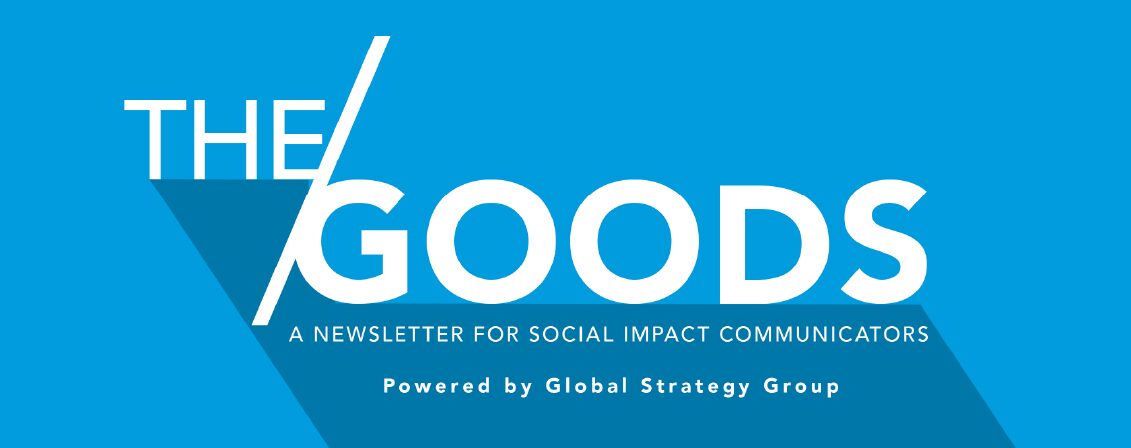
It’s been a busy (and eventful) summer as the 2024 presidential race takes shape and tens of thousands joined in Chicago last week for the Democratic National Convention (DNC). While the momentum was brewing at the DNC, accusations of presidential nominee Kamala Harris being a “DEI hire” made their way into mainstream Republican talking points. Proponents of Project 2025’s radical agenda are calling for the elimination of all DEI programs. Unfortunately, these actions are a microcosm of the larger attacks on DEI happening across multiple sectors in recent years.
In this edition of The Goods, we’ll analyze how organizations can prepare for and fight against more prevalent DEI attacks during this contentious election season and beyond.
The Goods is a newsletter for social impact communicators that helps you keep track of the latest updates, trends, industry best practices, and much more. This content is compiled and curated monthly by Jade Floyd, Victoria Dellacava, and Mia Saponara.
A Misguided “DEI” Rebrand
The Society for Human Resource Management (SHRM) announced they plan to drop the “E” in DEI. They’re not alone – many other entities across public and private sectors favor more neutral language. Some argue that “equity” means different things to different people, and they encourage HR pros and senior leaders to instead focus on “inclusion” to address current DEI programs’ shortcomings.
Equity means creating a level playing field for marginalized communities and recognizing that equal treatment doesn’t always lead to fair outcomes. Instead of treating everyone the same, equity focuses on providing the resources and support needed to address systemic disparities and ensure everyone has a fair chance. An inclusion policy without equity can further a problematic status quo.
Instead of forgoing equity-based practices, companies should:
- Commit to specific and achievable equity goals and consistent progress metrics.
- Implement and track evidence-based DEI policies and practices that focus on consistency and reduce biases.
- Establish accountability and transparency through practices like hiring a Chief Diversity Officer or establishing a diversity task force.
Combatting the DEI Backlash
DEI goals were notably less present in this past year’s annual reports, and many blame outspoken critics. While it might seem like these cynics have the upper hand, data shows the exact opposite. Instead of pandering, many organizations are moving away from splashy, bold proclamations and more deeply investing in and embedding DEI into their culture.
These more subtle and impactful DEI practices will look different for each organization, but they always require senior-level buy-in and consistent communication that encourages feedback and collaboration. Employees and your external audiences will see through disingenuous promises if there’s no decisive action behind them, and the fallout can be detrimental. Finding the mix of actionable goals, practices, and feedback loops that work best for your organization may take some trial and error, but the benefits for your organization’s culture today and the ability to adapt to the times for years to come will make the initial investment worth the effort.
(Forbes)

A More Impactful DEI Refresh
Have your company’s DEI efforts gone stale? Are you not seeing the results you were hoping for? That might mean it’s time for a narrative reset. Top communications experts have shifted to more actionable and specific language that gets to the heart of the issues they are trying to address. Instead of working on increasing your company’s “diversity”, for example, look into implementing specific anti-racist policies that would create a more equitable workplace, or analyze which specific groups are most underrepresented and find ways to better reach them. This subtle but impactful shift will help your organization set clear, actionable, and trackable goals.
For a DEI initiative to be truly impactful, it needs to grow and shift with the times. The goals and practices you set in place a few years ago might not be enough to meet the current moment. A good DEI plan is never really complete – it requires constantly analyzing its perceived and measurable impact, responding to feedback, and shifting to meet new realities.
(Ragan)
Did we tell you something good? Share with a friend.